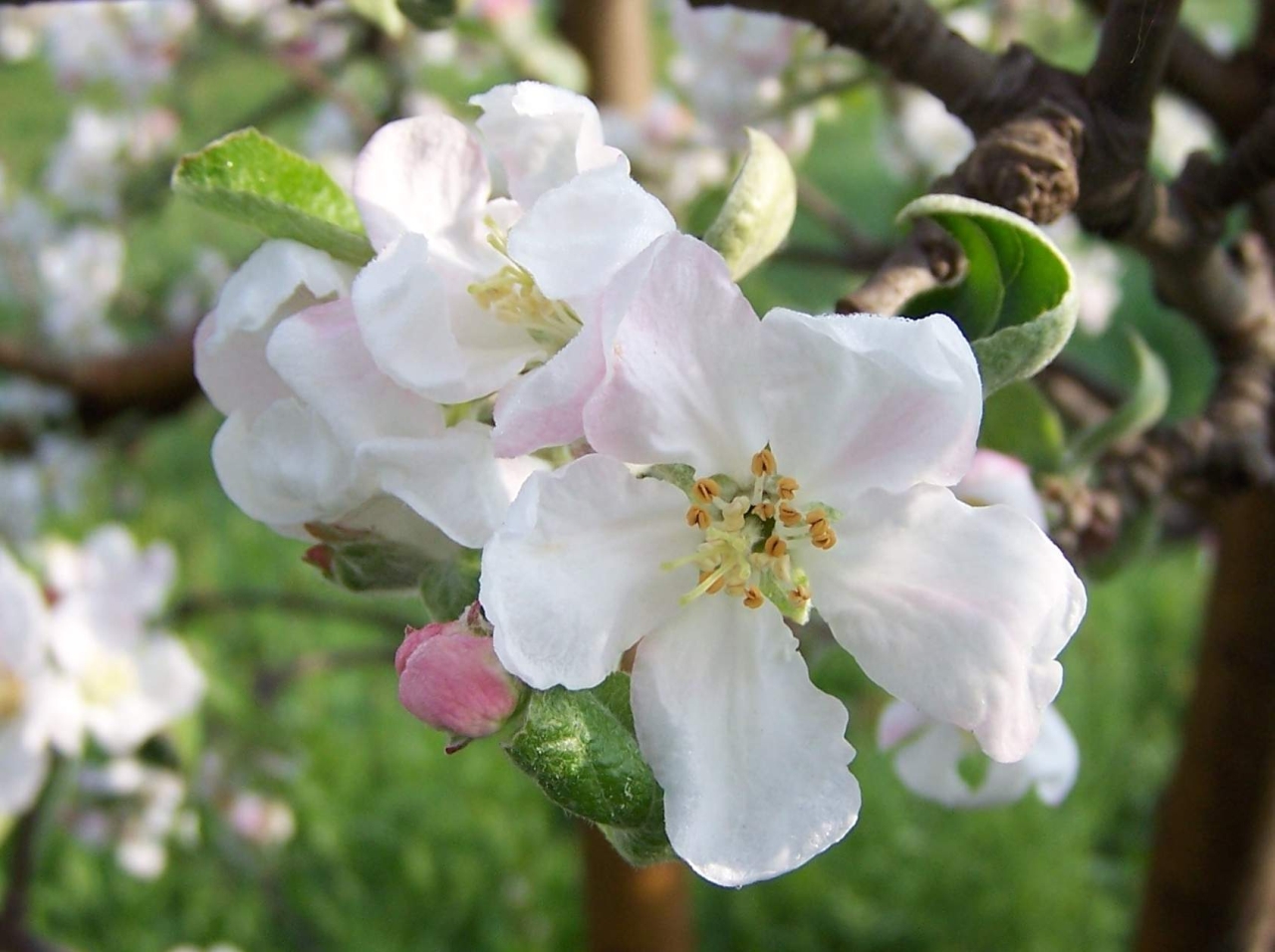How to Identify the 10 most common Genus of Trees
- Introduction to Tree Genus
- Broadleaf Trees Explained
- Coniferous Trees Explained
- Recognizing Fruit Tree Genuses
- Recognizing Ornamental Tree Genuses
- Palm Trees Explained
- Understanding Tree Diseases by Genus
- Impact of Seasonal Changes on Genus Identification
- Deciduous Trees Explained
- Genus Identification: Bark, Leaves, and Fruit
- Tree Age Determination by Genus
- Tree Care by Genus
- Wrap up and recap
Recognizing Fruit Tree Genuses
Understanding Apple and Pear Trees

Fruit of the apple tree.
Fruit trees are a wonderful addition to any garden, providing both aesthetic beauty and delicious produce. In this unit, we will focus on two popular types of fruit trees: apple trees and pear trees. Both of these trees belong to the Rosaceae family and are known for their beautiful blossoms and tasty fruits.
Apple Trees (Genus Malus)
Apple trees are one of the most widely cultivated fruit trees in the world. They are deciduous, meaning they shed their leaves annually, and are known for their showy, fragrant blossoms that appear in spring.
Characteristics of Apple Trees
Apple trees typically grow to a height of 20-40 feet, depending on the variety. They have a broad, often rounded crown and their bark is typically grayish-brown, rough, and scaly. The leaves are simple, oval in shape, and have serrated edges.
Varieties of Apple Trees
There are over 7,500 known varieties of apple trees, each with its own unique characteristics. Some popular varieties include the 'Golden Delicious', known for its sweet, yellow fruit, and the 'Granny Smith', recognized by its tart, green apples.
Identifying Apple Trees
Apple trees can be identified by their blossoms, which are typically white with a hint of pink and have five petals. The fruit is a key identifier, usually round and varying in color from green to red, depending on the variety.
Pear Trees (Genus Pyrus)
Pear trees are also deciduous and are known for their sweet and juicy fruit. They are native to coastal and mildly temperate regions of the Old World, from western Europe and north Africa east across Asia.
Characteristics of Pear Trees
Pear trees can grow up to 40 feet tall, with a narrow, pyramidal crown in their youth that becomes rounded with age. The bark is gray-brown and develops shallow furrows as the tree ages. The leaves are simple, glossy green, and have finely serrated edges.
Varieties of Pear Trees
There are over 3,000 known varieties of pear trees. Some well-known varieties include the 'Bartlett', known for its sweet, juicy fruit, and the 'Anjou', recognized by its firm, green fruit.
Identifying Pear Trees
Pear trees can be identified by their blossoms, which are white and have five petals, similar to apple trees. The fruit is the key identifier, typically oval-shaped and varying in color from green to yellow or brown, depending on the variety.
By understanding the characteristics of these trees, you can easily identify them and appreciate their beauty and bounty. Whether you're an avid gardener or simply a nature enthusiast, knowing how to identify apple and pear trees can enhance your appreciation for these wonderful plants.